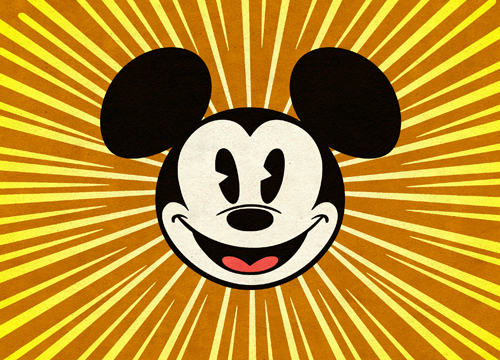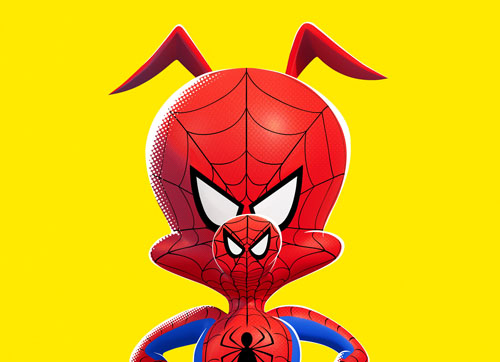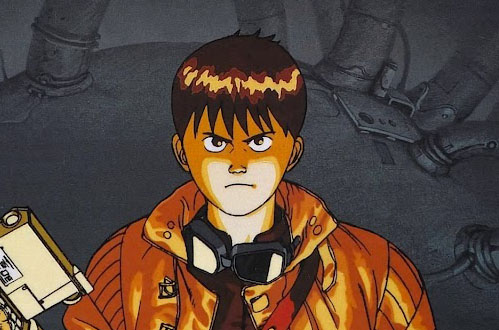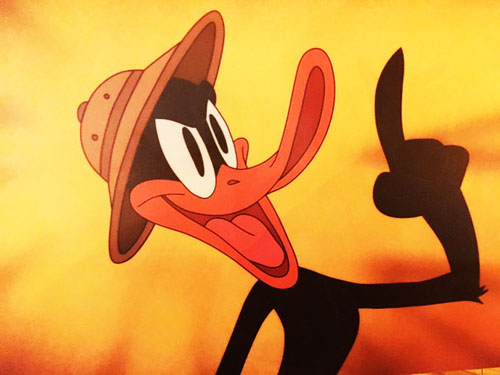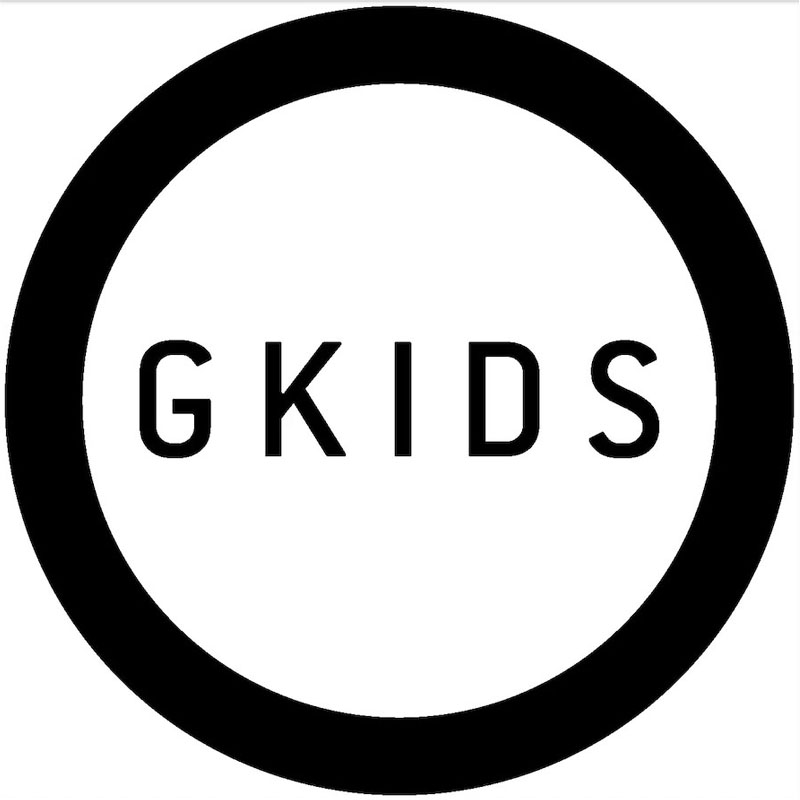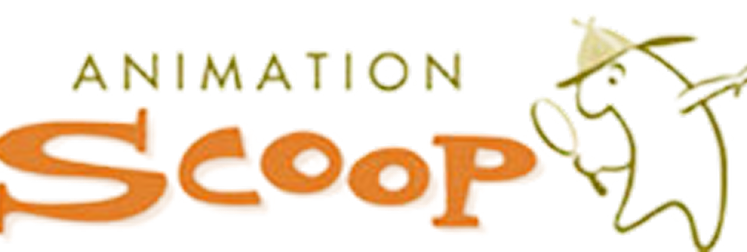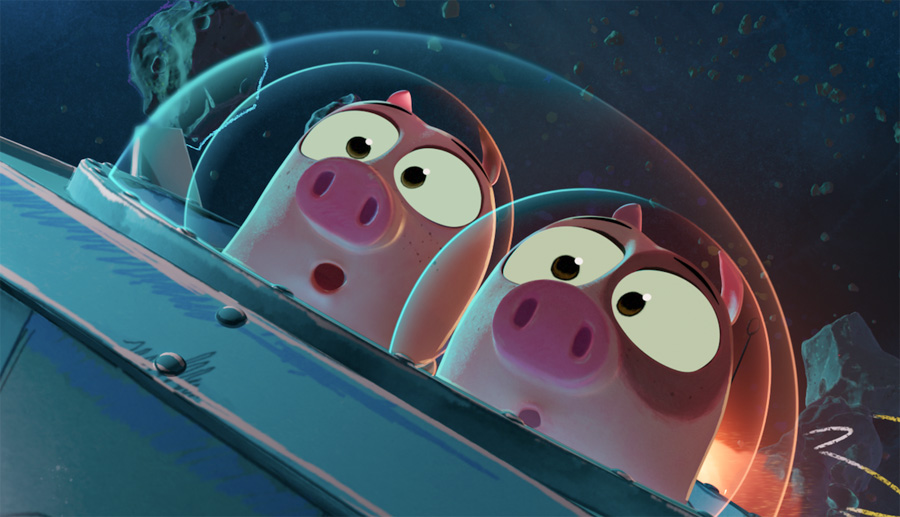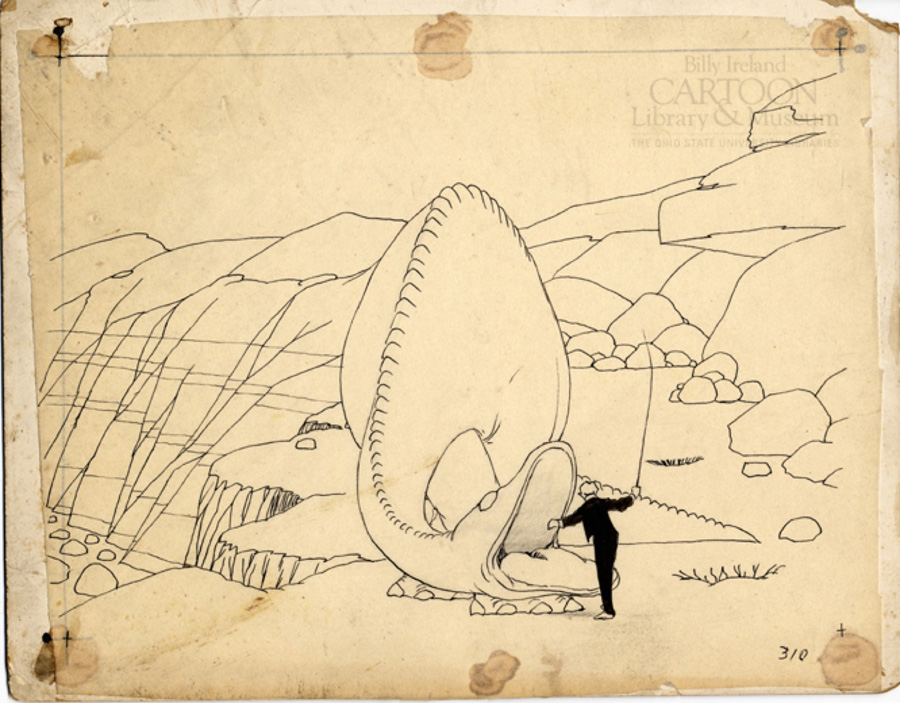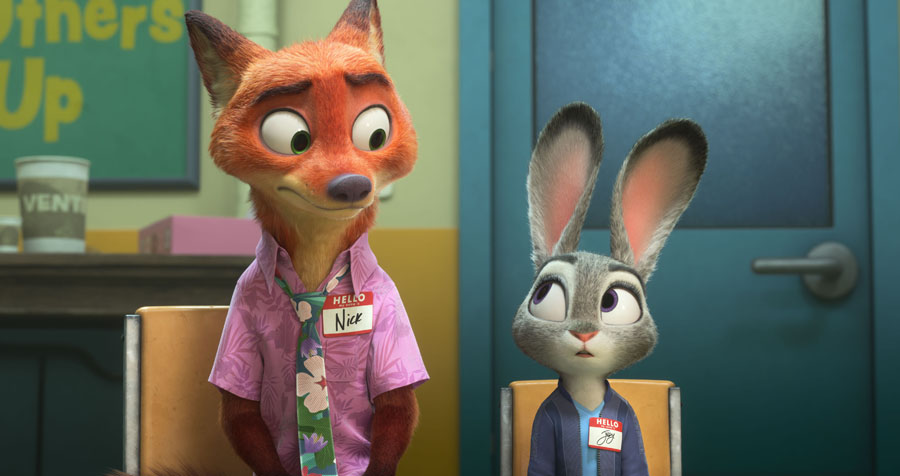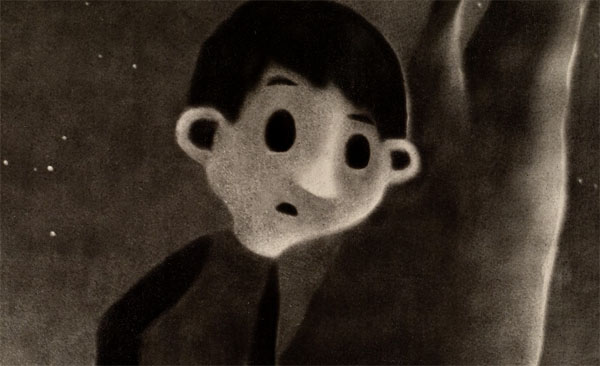DreamWorks’ upcoming film, The Wild Robot, directed by Chris Sanders (How to Train Your Dragon, The Croods, Lilo & Stitch) and led by Head of Story Heidi Jo Gilbert (Puss in Boots: The Last Wish, Turbo, The Croods: A New Age), takes Peter Brown’s book from the page and onto the screen. During the Annecy Festival last week, we discussed the film’s distinct look, emotive storytelling approach, and personal connections to this unique project, which is anticipated to be sensational. (This Animation Scoop Q&A was edited for length and clarity.)
Lauren Ashton: The work that you did looks brilliant- I’m thinking of how you previously mentioned the Tyrus Wong inspiration. The feel is very illustrative. It seems like we haven’t seen a lot of animated features these days that have such a focus on that beautiful art style, in terms of atmosphere and environment. How do you feel that this has affected the overall tone of the film, specifically in terms of comedy and relatability to character?
Heidi Jo Gilbert: My instinct is to say, “Oh, that is a very dramatic, epic look, that could step on the comedy,” but to me, I think it makes the characters feel real. And then the comedy feels more natural.
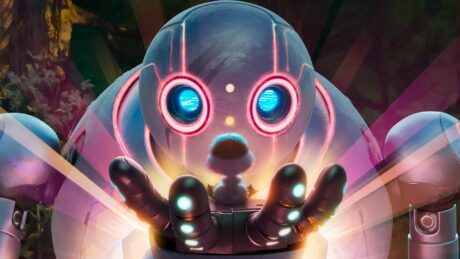
Chris Sanders: The reason that we pursued that style as a goal was that it was all in service of letting the story resonate and allowing it to do so successfully. Because it’s about a piece of high technology lost in the wilderness, getting the most contrast we could was critical. I’m glad you said that because one of the things that I’d never really said aloud is that there was a moment when I realized that this aspirational goal that I had set had been achieved, and it had been achieved so completely that I worried it was too much. Because it was so illustrative and so abstract; I had a quiet moment of panic, fearing that it may be distracting and do the opposite of what it was supposed to do. But that was not the case. It became obvious when we got the characters into the shots. We had our very first scenes complete, and it was working so incredibly well. It didn’t get in the way of any of the humor. It didn’t distract. And it coalesced into something that was so beautiful and so effective. And frankly, I think, groundbreaking.
HJG: Like you said before, even though it’s an impressionistic style, it feels more real. Because it’s giving you a point of view in a way.
LA: One of my favorite films is Lilo and Stitch, which is such a weird and funny story with a lot of heart as well, but the background is quite beautiful in that film too. The contrast works really well, and I just don’t think we’ve seen something quite like that lately from major studios. DreamWorks has such an incredible body of work, but I must say that this film seems unique as far as the studio’s legacy goes. We’re in this world of a lot of reboots and revisiting existing characters, but this is totally new. Could you both speak to that a little bit?
CS: Yeah, I think you don’t always get a chance to do something this fresh. And I have to credit Peter Brown and his book for being the thing that set our heading, and the messages he put in the book and the characters he created. It kept us on course, I think, and it set the pace and tone for us. So it wasn’t like we didn’t have somewhat of a guide, but there was still a lot of adaptation that we had to do in story. There were things that we had to pull back in order to let other things expand and resonate, and I think that’s the art of it. That’s the art of the story. Everything is in service to the story, and that was the art of what Heidi and the story team did. They had to be sensitive to what this particular story needed. And Peter Brown was really cool with us doing what we needed to do to get his book on screen.
HJG: To the first part of your question, about it feeling rare as a studio legacy- I totally feel that on the project. I mean, I’m a huge Disney fan, especially of the old, classic Disney films. I know Chris is as well. Being at DreamWorks, I always kind of felt wedged into the project before. Like, yes, I got some of the emotional scenes in some of the larger crazy comedies, right? But with this one, it was like, “Oh, I fit here! This is where I belong: on this type of movie”. And it’s weird because, at DreamWorks, Shrek is our legacy. It’s kind of become the anti-Disney, right? But with this, we’re very explicit in saying we’re inspired by classic Disney films. So I think maybe that’s why it feels rare for DreamWorks. But you know, I think what we gravitate to is just emotion, sincerity, and drama. And this has that. It’s not always in a DreamWorks film- I would say How To Train Your Dragon has that, though!
LA: That’s very exciting. And you guys have some incredible talent in this film. As the creators of this project, how was the process of conceptualizing the vocal quality of these characters? Was your vision of these characters brought to life through the casting process? Did you have specific people in mind already, or was it more so a sense that you’d know it when you’ve heard it?
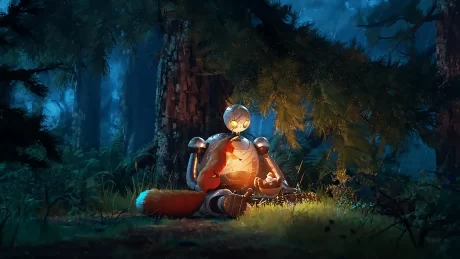
CS: A little bit of both. There’s always an adaptation and customization that we go through. We tailor our characters to the voices once they’re cast. I think Pedro Pascal would be a really good example of that. The fox in the story, and foxes in general, have a certain character that comes along with the creature. Foxes will do foxy things, but then Pedro’s take on it was something that we customized because he was part of the process of finding that particular character. Let’s say you hire Pedro, Lupita, or Catherine O’Hara- you hire them because you want them right? So you give them the freedom to be part of the discovery and creation process.
HJG: Once the actors find that character- who that character is- it makes our job so much easier, for storytelling and more. Because as storytellers, it’s easier to write once you know who that character is: once you know what they would do in certain situations, what to pit against them to get the entertainment out of that personality. It’s great when they help to discover who that character is. And then our job gets so much easier.
CS: Yeah, and Catherine’s character is a possum who has multiple families a year- she’s the ultimate mom in some ways. She’s one of the first characters that that explains to Roz what the deal is with her situation. Because Roz has just gotten this little gosling and wants no part in having to raise it. She has no programming for that. And Catherine had a very unsentimental version of a mom that she gave us. And that was wonderful because that was such a fresh and energetic take on that character.
HJG: And it’s a nice contrast to Roz. We wanted Roz to be the sincere, loving mother. It was a nice counterpoint to that.
LA: Sounds like there’s a lot of juxtaposition- that seems to be an ongoing theme. It also sounds like collaboration is a big thing, which is beautiful. Both of you have some really iconic credits, of course, and your work has meant so much to so many people. On a personal level, for both of you, what does this film mean to you? Big question. I know.
CS: Actually, I was sitting in an interview yesterday, and Jeff said something that really struck me- he said, “This is the film of a lifetime, and you don’t always get this lucky”. I think the subject matter and the crew that came together as a family… I liken it to Roz adopting Brightbill, the way that this whole crew adopted the story of this film to get beyond what I ever could have imagined.
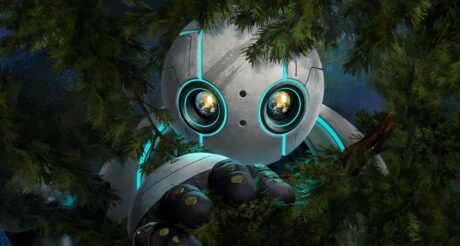
HJG: Big question. I have many different answers. It was my first time being able to work with Chris, which was a dream come true. And, the story itself, as I said before: I feel very fit for this story. It’s amazing as an artist to feel that your strengths are being utilized. Also, I lost my mom right before I came onto this project. So for me, it felt like a project that was meant to be, as if the universe gave this film to me as a gift. It was kind of here to catch me and give me a place to put all the unexpressed love that I have for my mom. This film is about honoring motherhood, so it’s been such a gift.
LA: My condolences. You know, I feel that when we go through things that are hard, that’s when you can really put yourself in something. Loss is traumatic, and afterward, you understand life on a different level. And that can, you know, translate in your work and connect to people.
HJG: It was just nice because, as storytellers, we have to live in the scenes that we’re working on every day. And so it was this beautiful space for me to live and process and put all that energy and love into this beautiful film. And I hope that the audience feels all the love.
The Wild Robot will make its U.S. debut on September 27th, 2024.
